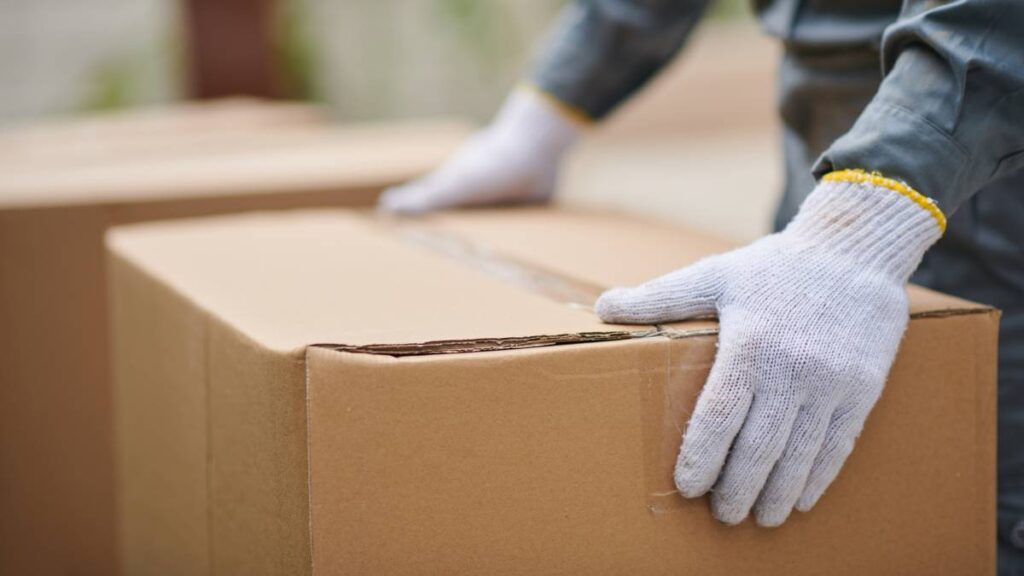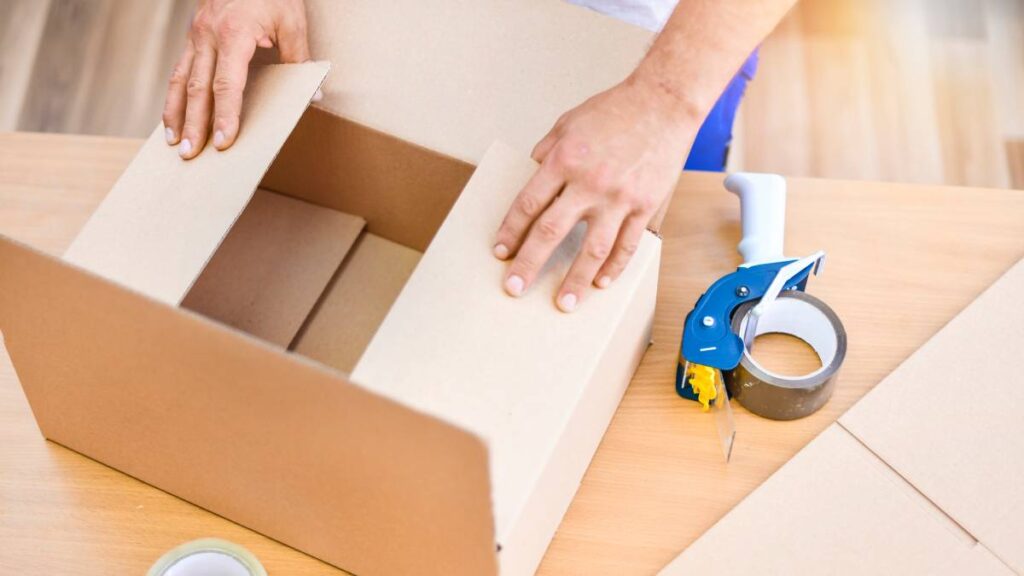Managing an Airbnb rental is a great way to earn extra income, especially if you have an unoccupied property available.
Although Airbnb rentals are a great way of earning extra income, it doesn’t mean that it easy to do as it requires quite a bit of maintenance and involvement on your part. You have to make sure that you decorate your space to make it more attractive to a range of people.
If you have a smaller space for your Airbnb, you might be thinking that it’s harder to make it stand out from the crowd. Nonetheless, having an excellent decorating idea that you can maintain can help give you a good standing on Airbnb.
Below are some tips that you can try out for yourself:
1. Keep the floor clean
If you have a small space in your Airbnb, then a simple way of making sure that the space doesn’t feel too crowded is by cleaning the floor.
Sure, a great decoration can definitely liven up a space, but if you have little to work with, you should make sure that you have enough working space available.
One way you can create more space is simply by reducing the pieces of furniture or appliances that you have on the floor and creating a minimalistic look.
2. Focus on lights
Another simple solution that you can try to make your Airbnb space look more spacious is the lights.
The right lighting, especially if it’s natural, can help widen a space and has the illusion that you have a bigger space.
If you don’t have much access to natural light, then you should make sure that the lighting fixtures installed don’t get in the way of your floor as mentioned before. Wall sconces are a great choice of lighting for a small space.

3. Add mirrors
Another simple decoration that you can use that will help you give the illusion of a wider and bigger space inside your Airbnb is a series of mirrors.
You don’t have to go and install a lot of mirrors but be tactical so that you don’t look like you have a circus-themed Airbnb (unless that’s what you the vision you’re looking to create).
Excellent placement of a mirror is right in front of a big window that brings in natural light. Doing so allows the mirror to reflect the light all around the room.
4. Have indoor plants and flowers
You don’t have to add too many trinkets and installations to make your Airbnb feel decorated and appealing to your guests.
A simple addition of indoor plants and flowers can beautify your space without costing you too much money. Not to mention that it doesn’t take up too much space.
The great thing about indoor plants is that it helps improve the air quality inside your Airbnb, and at the same time it serves as a decoration too.

5. Consider multi-purpose and folding furniture
Since you have a small space in your Airbnb, you want to be able to serve your guests without having to sacrifice comfort and convenience.
The key to being able to balance both is by having furniture that are space savers or, at the very least, furniture that has more than one purpose. For example, you could have a set of stairs that also serve as a cabinet, or you can have a sofa that becomes a bed.
6. Consider a hanging chair
If you want to decorate your Airbnb uniquely, then consider adding a hanging chair inside the living room.
It will be an eye-catching and attractive set in your living. Also, a hanging chair is a great space saver while offering a sitting arrangement at the same time.
7. Play with scale
Just because you have a small Airbnb doesn’t mean that your space should be filled with trinkets and tiny decorations.
It’s important to balance your big decorations in the small space, or you might end up making your Airbnb look smaller than it actually is.
8. Keep it cozy
The great thing about having a small space is that it can be a lot homier than bigger and more expansive spaces.
You should capitalise on that fact by keeping things cozy and decorating your space with a lot of textures like plush.
A fluffy rug and soft blanket laid on top of your sofas are a great touch as well. It really makes the space feel like a second home.
9. Put your pantry on display
If you don’t have enough space in your Airbnb for a pantry, then why not have a shelving system? That way, it doesn’t occupy as much space as cabinets do.
For example, you can have a sturdy hook and hang baskets where you can put your essential grocery items that is usually going to be in the pantry.
10. Divide and conquer
If you want to divide certain areas in your Airbnb, using wise divisions allows you to do just that without making your space look crowded.
A great way to divide your space is by having rice paper room dividers all around that certain separate areas, but at the same time, it doesn’t crowd your Airbnb.
11. Clean as you leave
At Maid Sailors Airbnb Turnaround Service, we encourage our clients to advise their guests to clean the space itself. That way, it’s easier for you to clean your Airbnb. This is especially important for a quicker turnaround process in between immediate bookings.
12. Colour selection
It’s important to select the right texture and colours for cushions, throws and very importantly linen including doona covers, sheet and towels. Keep them simple not too much over the top prints.

13. Make it personal
Leave a special check-in surprise for guests. It could be a bottle of wine or a grazing platter, fresh muffins or freshly baked bread and/or rolls and for that special occasion. Maybe a double pass to the local cinema and a voucher for a local Takeaway.
14. Entertaining areas
An entertaining area with books, games and jigsaw puzzles are great to have for guests.
Conclusion
Maintaining and decorating a small space can be a difficult task, especially if your goal is to create an attractive place to encourage guests to book your Airbnb rental.
Although it can be difficult it doesn’t mean it’s impossible. That’s why the tips above will definitely help you level up your Airbnb listing.
From having unique decorations in place to simple maintenance, there are plenty of things you can do that will make your small-spaced Airbnb listing more attractive to guests. Aside from the ones listed above, try and come up with your own ways of boosting your Airbnb or hire a professional interior designer to bring your vision to life.























